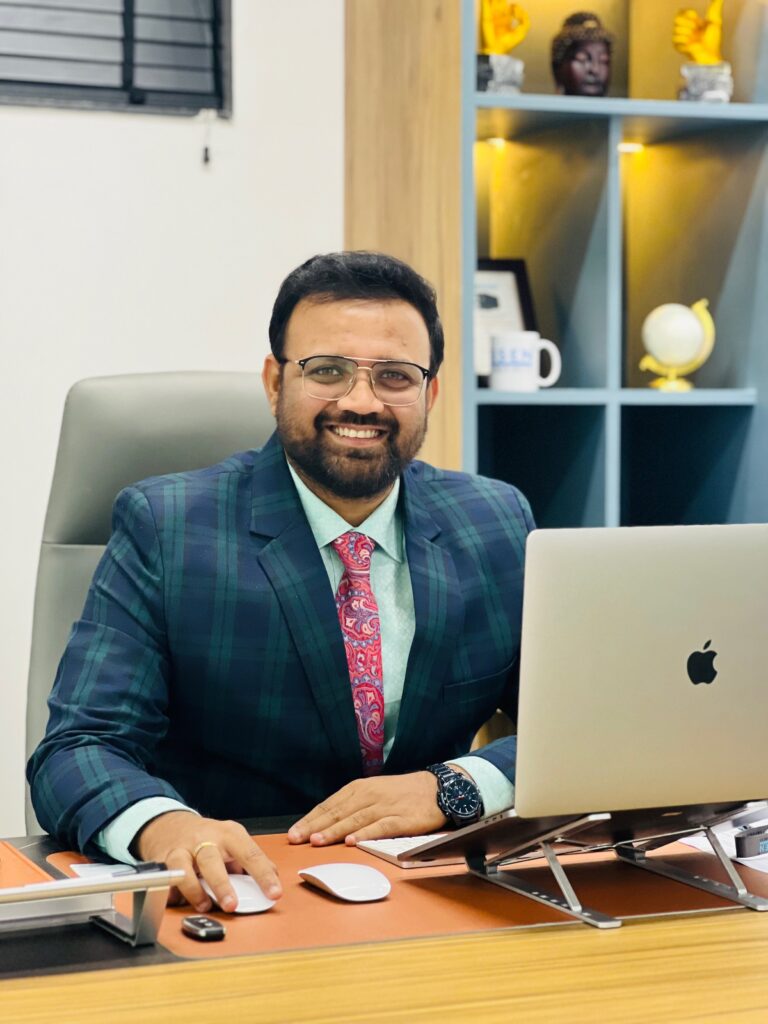
In an effort to tackle the worsening air quality, authorities in Delhi have imposed a massive crackdown on vehicles violating air pollution norms. According to reports, more than 2.6 lakh vehicles have been penalised for lacking Pollution Under Control Certificates (PUCC) between October 16 and December 5, leading to the collection of over ₹260 crore in fines.
The crackdown was initiated as part of the Graded Response Action Plan (GRAP), a set of measures aimed at addressing varying levels of air pollution in the capital. Over the 50-day period, a total of 2,60,258 challans were issued across four stages of GRAP.
Breakdown of the Fines
- Stage 1 (October 16-22): 12,756 challans were issued.
- Stage 2 (October 22-November 14): 1,11,235 vehicles were fined.
- Stage 3 (November 15-17): 13,938 vehicles were penalised.
- Stage 4 (November 18-December 5): 1,14,089 vehicles faced fines.
As of December 5, when Delhi reverted to Stage 2 of GRAP, 8,240 challans were issued. Under the current regulations, any motorist without a valid pollution certificate faces a fine of ₹10,000.
Impact of Air Quality Crisis
Delhi’s air quality has been a significant concern this year, with air pollution reaching dangerous levels. On November 17, the air quality index (AQI) soared to 450, entering the “severe plus” category, the highest level recorded in 2024. The Commission for Air Quality Management (CAQM) responded by implementing Stage 4 restrictions on November 18, marking the strictest level of action under GRAP.
The heightened pollution levels led to a complete ban on non-essential trucks entering the city, except for those carrying essential goods or using clean fuel such as LNG, CNG, BS-VI diesel, or electric vehicles. Additionally, non-essential light commercial vehicles from outside Delhi were also banned, unless they met specific fuel standards.
A Focus on Long-Term Solutions
GRAP, first introduced in 2017, remains a critical tool in addressing air pollution in Delhi and surrounding areas. The graded response system is designed to impose stricter measures as pollution levels rise, aiming to reduce the harmful effects on public health and the environment.
While the fines collected from the crackdown are substantial, authorities emphasize that long-term measures are necessary to ensure sustained improvement in air quality. The city continues to face the challenge of balancing industrial, vehicular, and residential emissions with its growing population and urbanization.
As the situation unfolds, the focus will likely remain on finding comprehensive solutions that address the root causes of pollution while maintaining economic and social stability.
Sources By Agencies




